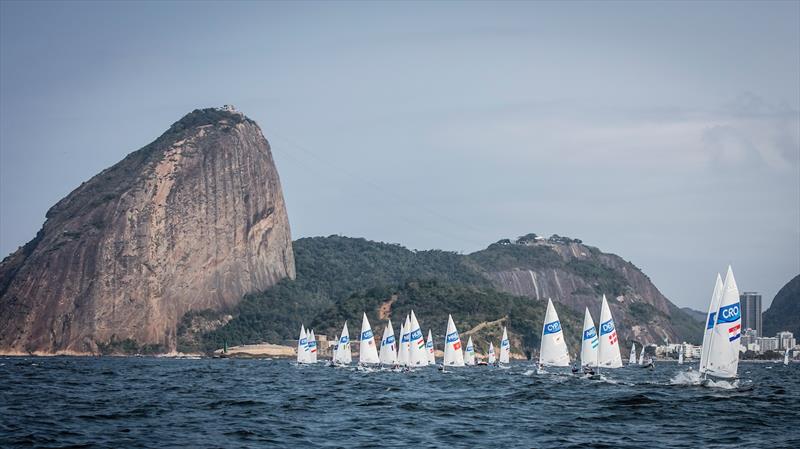With the Rio Games on board there is much focus on laser sailing and what it involves. This particular one person dinghy sailing includes several thrills in the races as upsets are part of the package as well as close competitions and rivalry.

There are certain aspects of the one person dinghy that makes it popular among several nations who compete in this category. Laser is a typical low cost sailing boat as compared to speedy catamarans and yachts. As a result, several nations compete in this sailing class in the Olympics.
Laser is a boat that is simple to maneuver and hence it might be difficult to get it right as it can be sailed badly. There are certain technical as well as physical challenges that characterize Laser sailing, which have been well covered by www.plainsailing.com. If you look at the physical aspect of this category of sailing, one needs to have strong core fitness as the body torque movements need to be right in order to get the fast movement of the boat.
The Laser boats are usually hiking dinghies that are 57 kg in weight and 4.19 m in length along with a sail that is 7.06 m2 in dimensions. There is a lot of following of this category of sailing though speedier sailing boats have also been introduced in recent times. The Canada Hudson Bay Company wanted a line of equipment for outdoor sports to be designed. Hans Fogh is said to have designed the sail while Bruce Kirby designed a sketch of the boat.
Bruce and Kirby later on launched the dinghy in real life. It was officially launched as the Laser in 1971 at the New York Boat Show. This class of boats became popular soon after and was initially used among world championship races before it got incorporated in the Games in 1996.